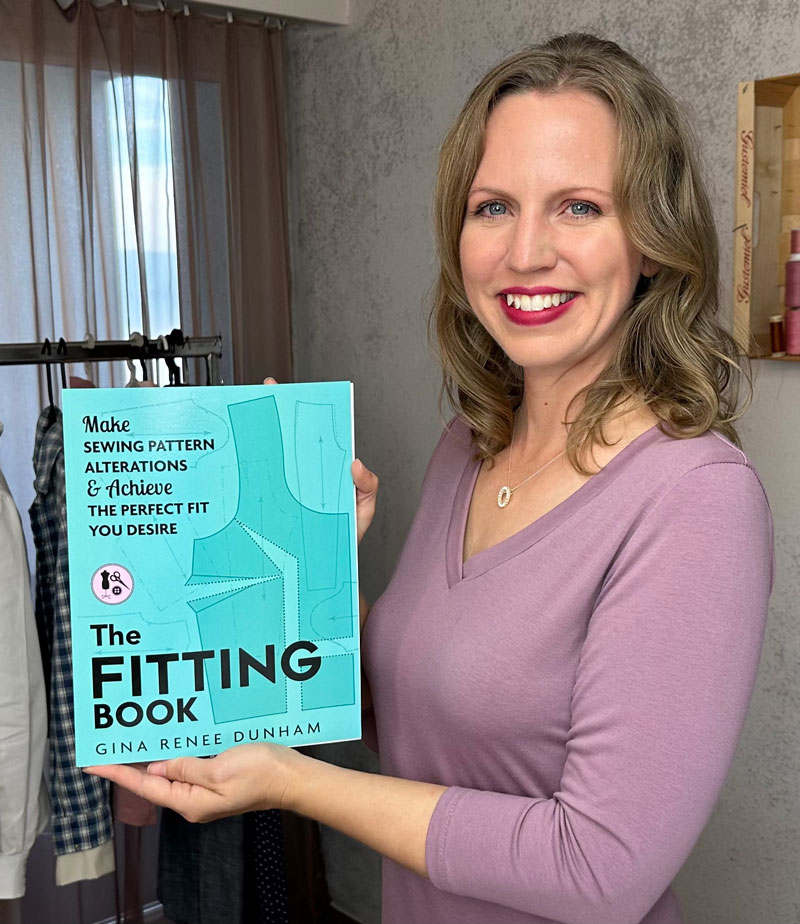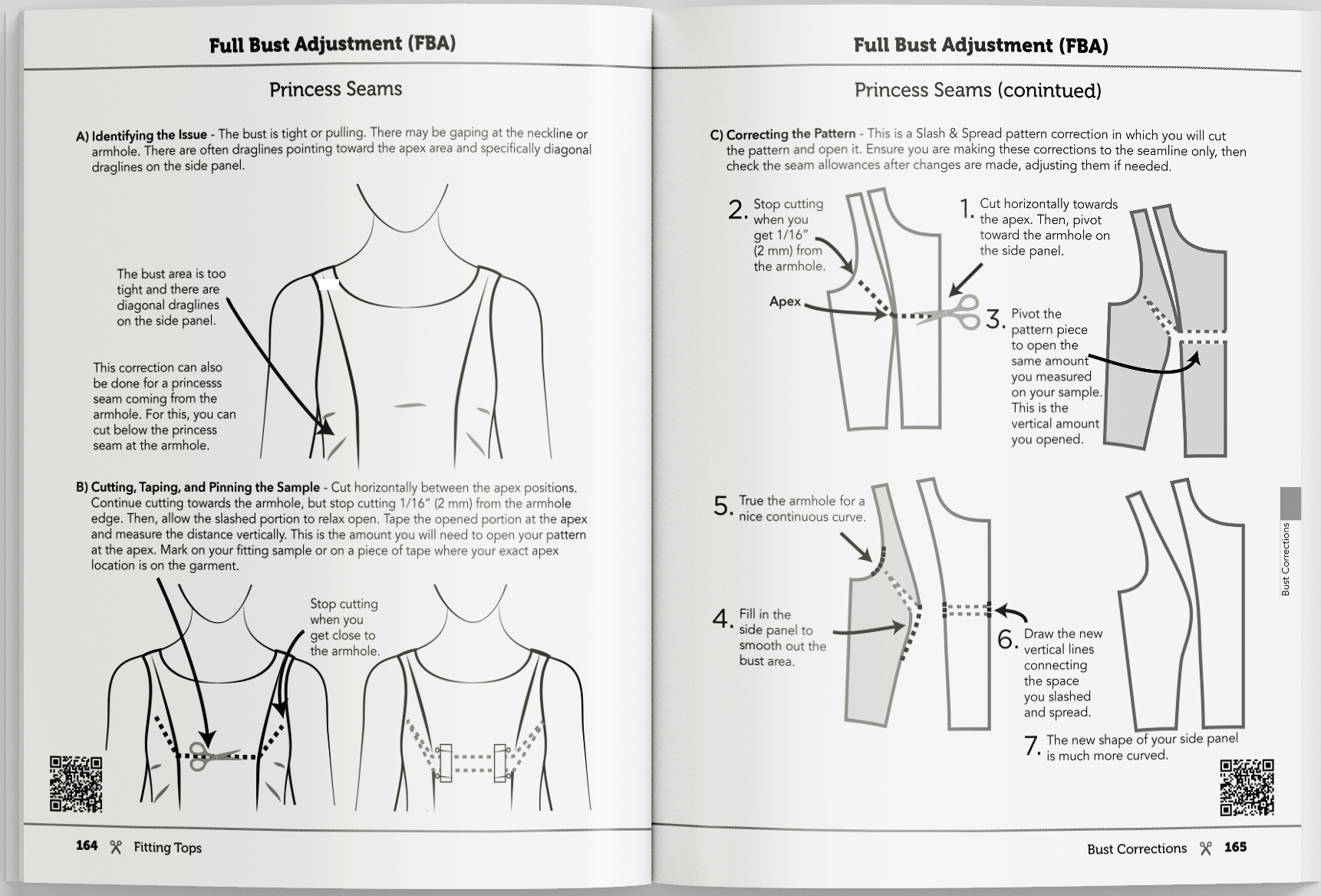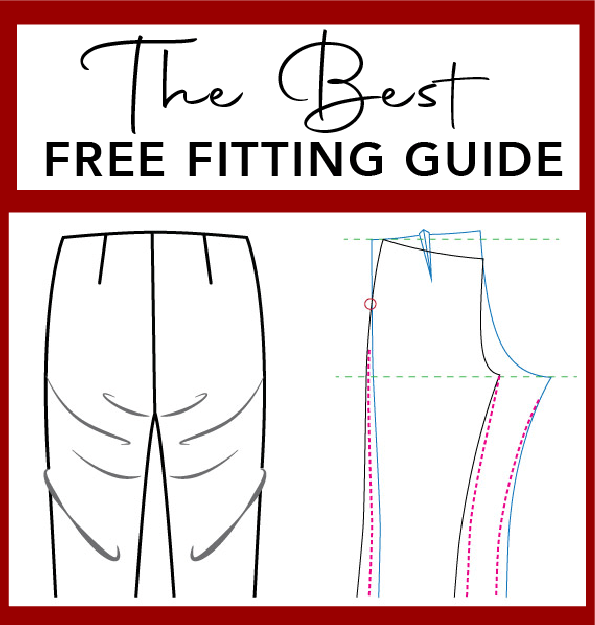

How the Sleeve Cap Affects Movement and Draglines
There are extreme examples of the cap heights in this video to show the biggest difference. For example, a ski/snowboard/climbing jacket may have a super short cap height, as shown here.
The shorter the cap height, the better the lift is, meaning the garment doesn’t lift as much when the arms are lifted to the sides. However, there will be more draglines when the arms are in the down position. The taller the cap height, the worse the garment lift is. However, when the arms are down, there will be very few draglines under the arm.
If your sleeve feels too restricting when the arms lift, try lowering the cap height. If you have too many draglines under the arm, try adding to the cap height.
You may wonder what the perfect cap height is in pattern making. As you can see from the video, every style is different for this point of measure. It’s based on the function or layer of the garment.
This information and more can be found in The Fitting Book. Order your book today through the link below.
Learn the 3-Step Fitting Process:
A) Identify the Fitting Issue.
B) Pin, Cut, & Tape the Fitting Sample.
C) Correct the Sewing Pattern.

The Fitting Book Includes:
Tops
Pants
Skirts/Dresses
My Secret in Diagonal Draglines
ACHIEVE THE
CUSTOMIZED FIT
YOU WANT

